Best Exercises to Build a Bigger Squat

In our next installment from Jesse Burdick (PowerWOD.com), Jesse transitions from the bench press and deadlift to the squat. Laying the foundation by learning the fundamental squatting movement is the key before you even think of loading the movement. As you remember in my Simple Squat Progression article, I show you how to easily learn the movement through a series of simple progressions.
Let’s see what Jesse has to say?
Side Note: To view the entire series, check out the Diesel Training Center
Best Exercises to Build the Squat
1. Good Mornings – teaching the “hip hinge“. But we’re not just talking about the hinge, we’re talking about hinging with a straight torso, under load. So there is core bracing, stability and breathing, along with coordinating the upper (lats, core, erectors) AND lower (glutes, hamstrings, calves) posterior chain. There are lots of good morning variations, including: various barbells (SSB, cambered bar, giant camber, spider), suspended from chains or straps, sumo or conventional stance.
Editor’s Note: Many lifter’s perform good mornings with bad form or with too much weight. The ride the bar too high on their neck and they come up on their toes as they hinge in half. Put the bar placement lower to maximize your mechanical advantage and keep the weight on your heels – this will load the posterior chain. Stick to the basics and develop a good hinging pattern without rushing to overload the movement. Many exercises teach the hip hinge like kb swings, RDL’s, and basic movements like wall squats. But one of my favorites is the sumo stance Romanian deadlifts. Moving to a wider stance for this standard movement really teaches the lifter how to distribute the weight across their hips, glutes and entire posterior chain. It also forces them to really ‘pull the bar into their shins’ to keep the bar close and the lift safe.
One other important coaching progression is slowing down the movement to reinforce the pattern. As I showed in the recent Controlling Tempo article, increasing the duration of the eccentric phase of the RDL’s provided the athlete with numerous benefits including bracing proficiency, deceleration strength potential and more control.
2. Heavy Ab Work – core training is key to remaining stable and tight. Jesse recommends weighted sit-ups and side bends. At Diesel, we really like the weighted ab roller. It teaches and reinforces the hip hinge and creates really amazing core stability. Some things to look for are, can the athlete maintain a straight and neutral spine? For a visual reference, imagine the athlete has a dowel rod on their back. Are they maintaining three points of contact; head, upper back, and sacrum – with the dowel rod? The athlete will also need to learn how to tighten up and brace during both phases of the movement. Take a deep diaphramatic or belly breath, tighten up and tense every muscle, and then perform the movement. Finally, the athlete will need to learn how to pull with their lats to not only drive back into hip flexion, but also to decelerate hip extension. Remember, we’re thinking globally.
Weighted Ab Roller
If you have checked out our Hard:CORE system, you’ll know that breathing AND bracing correctly is the key to create real world core stability. If we can create more stability, we will be able to create more tension and move with control. You can imagine this is pretty important when you’re squatting heavy weights.
3. Hip Mobility Work – open the hips up and get the ‘side ass’ working. I can’t tell you how many articles I’ve written on various techniques for improving your hip mobility and glute activation. Most of us are limited in our movement at the hips and if you train on a regular basis, it is a constant battle to keep you moving without restriction. Sweep the Leg (you didn’t know I was in Karate Kid did you?), and The Perfect Lower Body Sequence, both showed two really good flows to open the hips up. (check out AMPED Warm-up for a complete ‘better movement’ system and how to incorporate more mobility into every workout)
Additional References:
Simple Squat Progression
https://www.dieselsc.com/how-to-build-strength-simple-squat-progression/
Learning the Hip Hinge
https://www.dieselsc.com/learning-the-hip-hinge/
Better Hip Hinge – Learning to Pull the Bar in and Use Lats
http://www.youtube.com/watch?v=QmO86A2gXMI
Better Hip Mobility – Sweep the Leg
https://www.dieselsc.com/awesome-hip-mobility-drill-sweep-the-leg/
Better Hip Mobility – Great Combo Sequence for Warming Up the Lower Body
https://www.dieselsc.com/how-to-warm-up-the-perfect-lower-body-warm-up-sequence/
How to Spot for Squats
https://www.dieselsc.com/how-to-squat-how-to-spot-the-squat/
By Smitty on August 28th, 2012
FREE DIESEL NEWSLETTER
- Discover Pain Free, Joint-Friendly Training
- Get Super Effective Workouts and Programs
- Inspirational Life Lessons Each Week
- Effective Habits For Busy Entrepreneurs






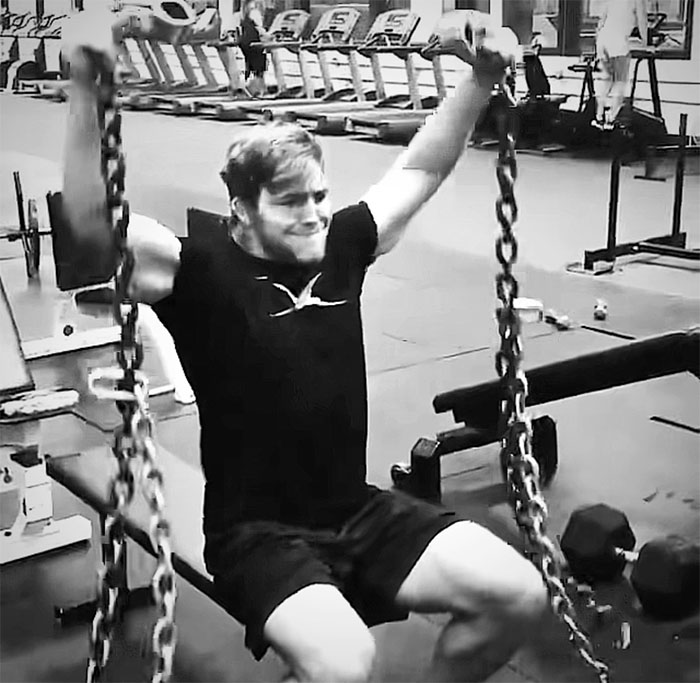
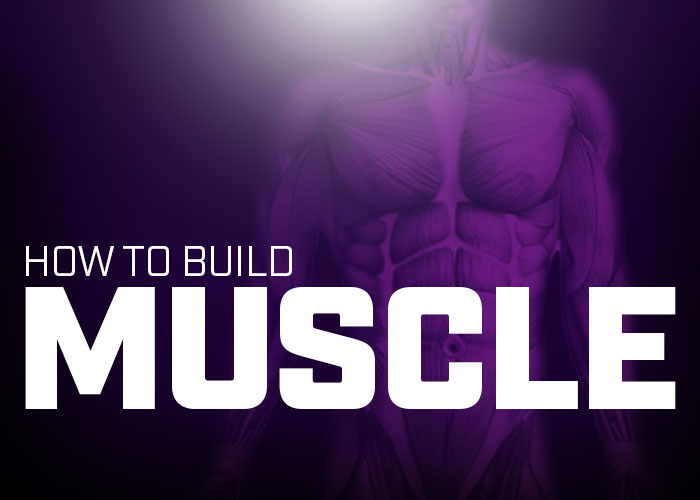
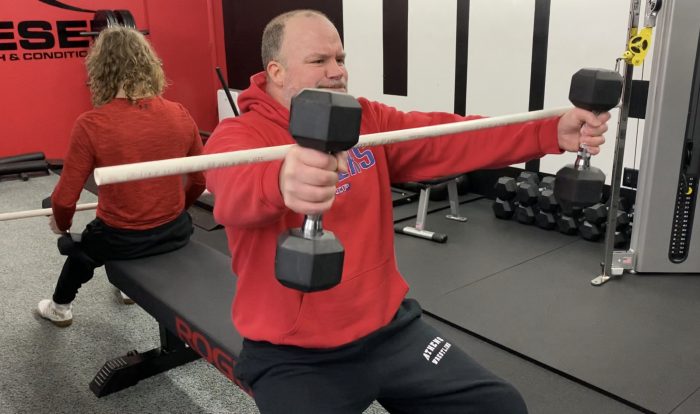
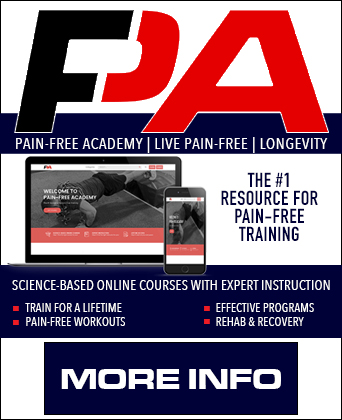

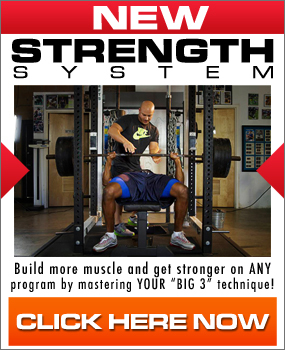
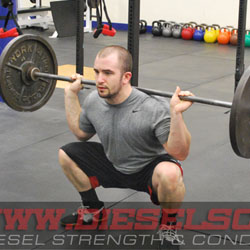



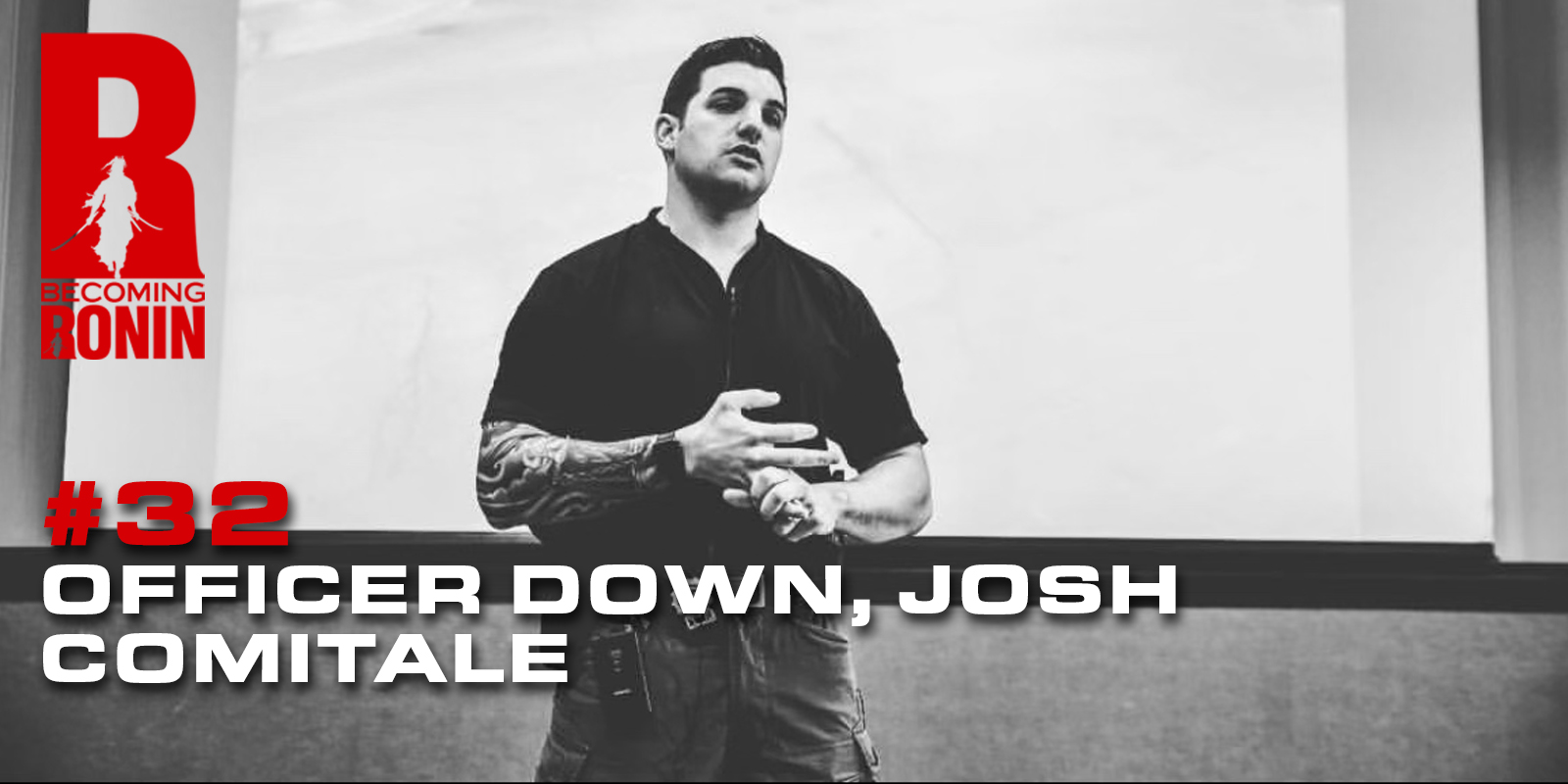
nice
Thanks bro.
I never say anyone besides myself do good mornings in the gym. I don’t think the gyms here would let you do them. That old school bother! That why I’m in the basement.
thanks!
Thanks for the great article, and like Campo, I’m the only one I ever see doing good mornings in the gym. Again, thanks for the tips. #TeamDiesel
Thanks.
*chuckle* Well, I DO have a dowel rod, or in this case, a titanium cage in my back, from S1 up to L2. I still do good mornings, though, even though, because of the fusion at L5-S1, and have some issues with hip mobility.
Keep working on the warm-up brother, it will help to keep you moving better.
All exercise are best enough to do but it requires lots of strength to do.
i would really like to improve my squat and i find those ab rolle exercise to be very very hard even without an additional weight!